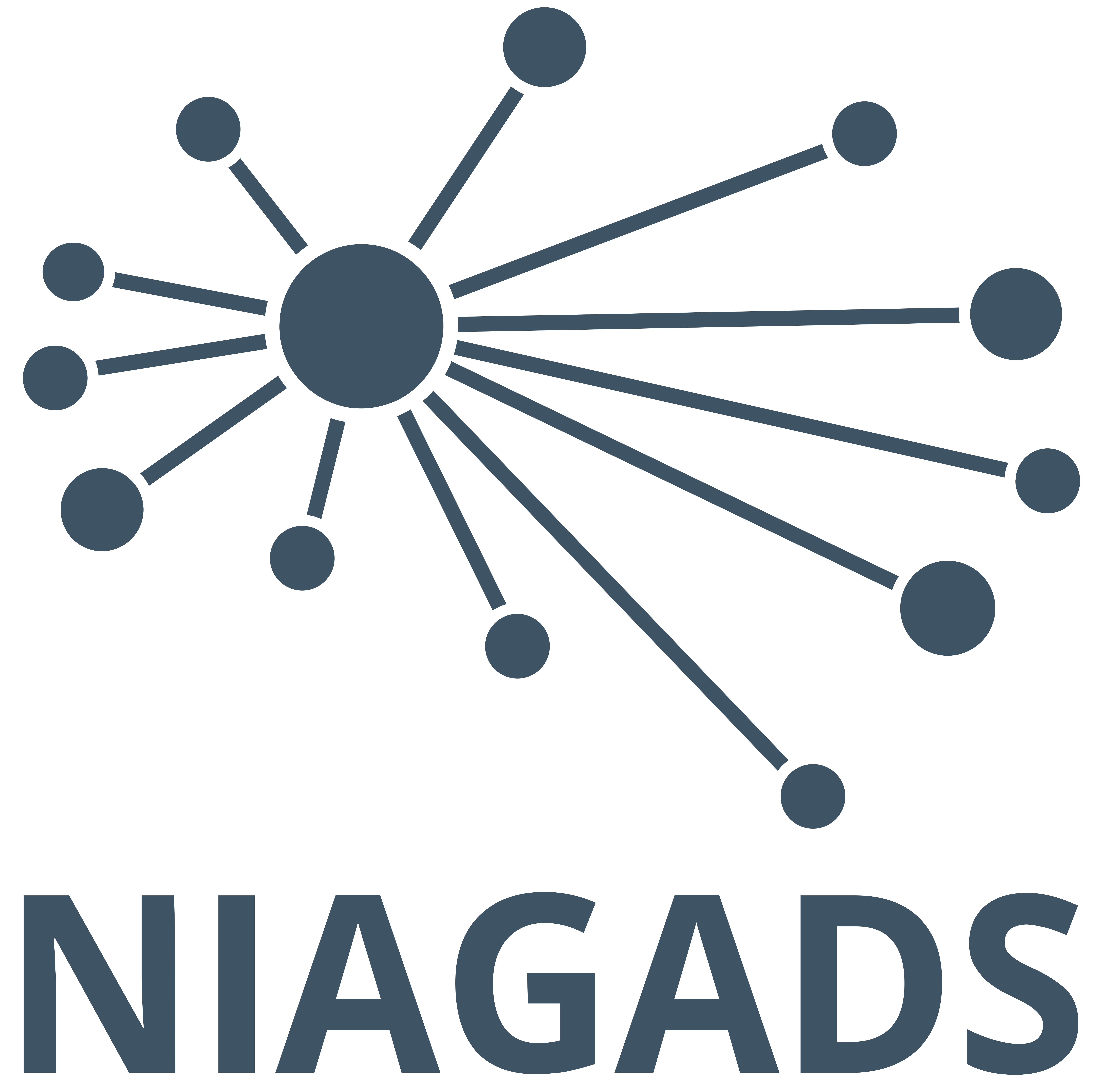Understanding Digital Object Identifiers (DOIs) at NIAGADS
In addition to dataset accession numbers, NIAGADS assigns a unique digital object identifier, also know as a DOI, to each dataset.
DOIs provide persistent links that ensure the accessibility of your content even if URLs change, enhancing discoverability and credibility. Furthermore, DOIs facilitate accurate citation and tracking of your research outputs, fostering collaboration and strengthening your reputation within the research community.
D. (n.d.). Create DOIs. DataCite. https://datacite.org/create-dois/
NIAGADS is able to offer DOIs for the datasets it offers through NIH membership in the DataCite Consortium and is part of NIAGADS effort to adhere to F.A.I.R. principles.
How Does NIAGADS Use DOIs?
NIAGADS generates a DOI for every new dataset deposited into DSS with an assigned NIAGADS accession number. A new DOI may also be generated for existing datasets that are being released with a new dataset version. The new dataset version may include the addition of new samples or new analytical processes or transformations to the existing dataset or simply a correction to a previously released file. A new dataset version does not always trigger the creation of a new DOI.
The following scenarios provide an example for when a new DOI may be created or an existing DOI may be used for a dataset.
E.g. 1: Completely New DOI generated: Dataset, NG00000.v1, was deposited and contained the following data:
Genotype Array files in PLINK format
Phenotypes
README
E.g. 2: Existing DOI used: Dataset NG00000.v2, was updated and contained the following:
Incorrectly translated variable fixed within the phenotype file
In this example, only file corrections were submitted and no new DOI was created.
E.g. 3: Completely New DOI generated: Dataset, NG00000.v3, was updated and contained the following:
Genotype Array files in PLINK format for a new set of participants
Phenotypes
README
In this example, a new DOI was created to include the addition of new array data and participants.
